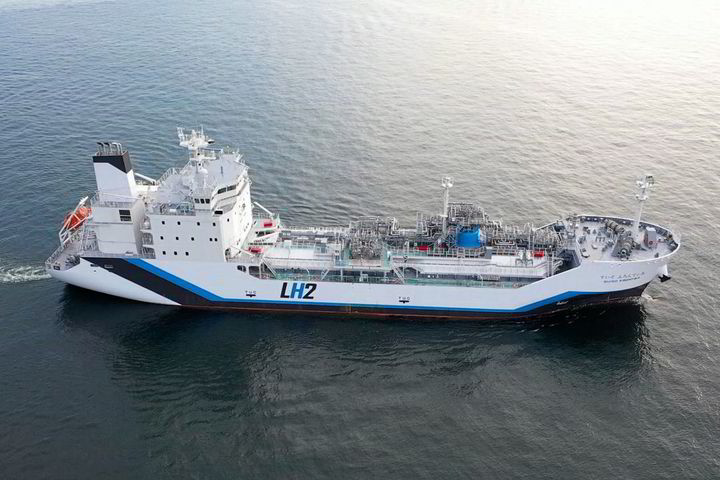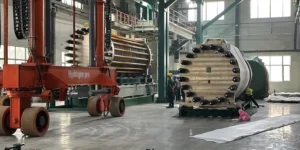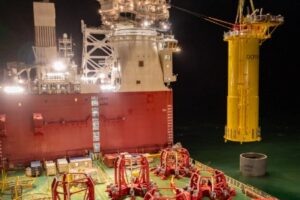TotalEnergies gets first rubberstamp on design of new liquid hydrogen carrier

French oil major TotalEnergies has secured approvals in principle from certification firm Bureau Veritas for a large-scale liquid hydrogen carrier it is co-developing with gas technology firm GTT and naval architect LMG Marin.
Bureau Veritas has approved the concept design for both the vessel and the cryogenic containment system to store the liquefied H2, which requires temperatures below minus 253°C to remain liquid.
With 150,000 cubic metres of storage capacity (equivalent to 10,500 tonnes), the nearly 290-metre vessel would be able to carry 120 times more hydrogen by volume than the Suiso Frontier, the first and only liquid H2 carrier built to date, which can only store 1,250 cubic metres of hydrogen.
One of the firms behind the Suiso Frontier, Kawasaki Heavy Industries, had in 2022 secured its own approval in principle from ClassNK for an even larger carrier capable of storing 160,000 cubic metres of H2.
The Japanese firm’s design also featured a dual-fuel propulsion system that could run on boil-off hydrogen — H2 gas formed in hotspots in storage tanks that is ordinarily vented or burned off to reduce a build-up of pressure.
While a specific propulsion system for the TotalEnergies-backed vessel has not been disclosed, Vincent Rudelle, managing director of LMG Marin France, hinted in a press release that it would transport cargo “in a carbon-free way”, which could suggest either a similar H2 propulsion system or a dual-fuel engine running on ammonia.
Article continues below the advert
An approval-in-principle is generally given by classification agencies such as Bureau Veritas to confirm that concepts for vessels with new technologies are technically feasible while being in line with existing regulations.
However, it only focuses on extremely early-stage design, and does not represent a full assessment of whether the ship would actually meet current codes and standards.
GTT has also received approvals in principle for its storage tanks from ClassNK, as well as from DNV for a liquid hydrogen carrier concept co-developed with Shell in 2022.
Although liquid hydrogen has already been transported via the Suiso Frontier from Australia to Japan, some analysts are sceptical that commercial shipments will ever be economically viable, given the high cost of liquefaction and low energy density by volume compared to other vectors for transporting H2, such as ammonia and liquid organic hydrogen carriers (LOHCs).





